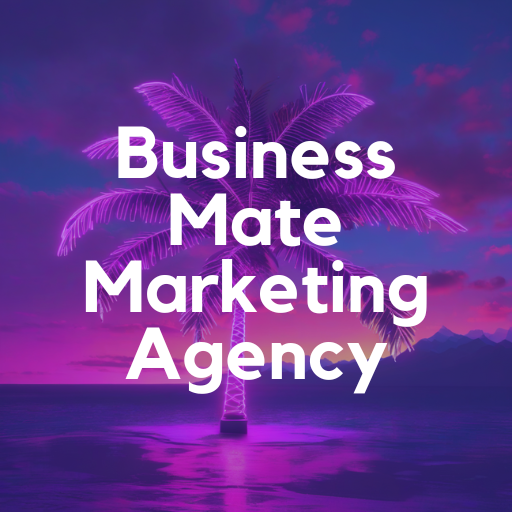Introduction: Why the Distinction Matters
Many UK business owners think a logo is their brand. But what they often mean is their visual identity. While logos, colours and fonts are important, your brand identity goes much deeper. Knowing the difference between brand identity vs. visual identity UK is essential if you want to build a trusted, memorable business.
In this guide, we’ll explain the distinction, why both matter, and how SMEs can focus their resources where it counts.
What Is Brand Identity?
Brand identity is the personality and values of your business — how it behaves, speaks, and builds trust. It’s the internal foundation that shapes your marketing, communications, customer experience and positioning.
Key components of brand identity include:
- Tone of voice (e.g. approachable, expert, cheeky, formal)
- Mission and values
- Positioning (what makes you different?)
- Brand promise (what do you always deliver?)
- Emotional associations (how do you want people to feel about your brand?)
📌 Example: A Manchester-based plumbing company with a brand identity built around reliability, local trust and transparency will reflect that in their messaging, guarantees and how they respond to customer reviews.
What Is Visual Identity?
Visual identity is how your brand looks. It’s the outward expression of your brand identity and includes elements like:
- Logo
- Typography
- Brand colours
- Imagery and graphic style
- Consistent layouts and design templates
📌 Example: The same plumbing company may use a bold sans-serif font, blue and green colours (trust + eco-friendly), and clean icons to support their identity visually.
Why the Confusion?
Many SMEs start with visuals first — hiring a designer to create a logo without defining their brand strategy. This is like building a house by picking the wallpaper before laying the foundation.
Brand identity informs visual identity. If you don’t define your brand values, voice and audience first, your visual identity will lack meaning and consistency.
Why Brand Identity vs. Visual Identity Matters for UK SMEs
In the UK’s competitive market, consumers expect businesses to be consistent, transparent and aligned with their values.
Strong brand identity helps SMEs:
- Attract the right customers
- Improve trust and credibility
- Stand out in a crowded market
- Increase customer loyalty
Strong visual identity helps SMEs:
- Look professional and established
- Become more recognisable online and offline
- Create emotional associations quickly
Together, they create a brand that looks good and feels authentic.
Signs You Need to Strengthen One or Both
You might need to refine your brand identity if:
- You struggle to explain what makes you different
- Your messaging feels inconsistent
- You don’t know what tone of voice to use
You might need to update your visual identity if:
- Your visuals look dated or inconsistent
- You use random colours/fonts across your website and social
- You’ve outgrown your DIY branding
Getting Started with Brand and Visual Identity (Budget-Friendly)
1. Define Your Brand Identity First
- Clarify your values, audience, and tone
- Write a one-sentence brand promise
- Create a brand voice guide
2. Then Build Visual Identity That Reflects It
- Hire a designer or use tools like Canva Pro or Looka
- Use the same colours, fonts, and logo across all channels
TIP: Consistency beats complexity. A simple, well-used identity is more effective than a complicated one that’s inconsistently applied.
Final Thoughts: Brand Identity vs. Visual Identity UK
Understanding brand identity vs. visual identity UK helps SMEs invest smarter. Your brand isn’t just what people see — it’s what they believe and feel.
Focus first on your identity, values and messaging. Then translate that into strong, consistent visuals.
Need help aligning your brand and visuals? Get in touch with Business Mate for practical, affordable guidance tailored for UK SMEs.
FAQs
You can, but it’s risky. Without brand strategy, your visuals may not resonate or stand out.
Not at all. In fact, SMEs benefit more from clear identity because it helps them compete on clarity and connection — not just budget.



